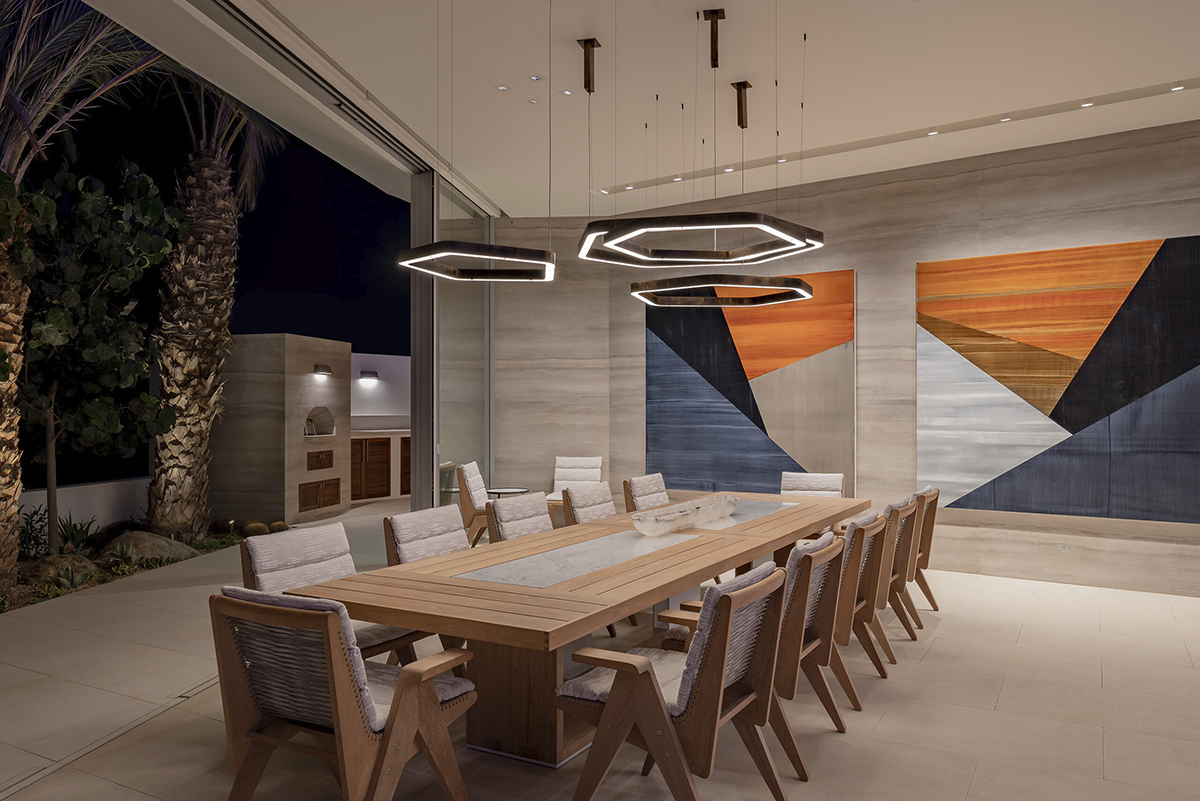Effective Lighting Design Starts with Great Communication
At the end of the day, we all just want to be understood. That’s a universal truth whether you’re engaging with a coworker or a client or talking to a partner or friend. The key to being understood often comes down to clarity of communication.
That’s why we often find that the most important step in ensuring a great lighting design comes long before the lighting strategy is ever established.

Setting Expectations
A successful lighting design starts at the onset of the project with collaboration between the client, architect and project team members.
Setting – and agreeing on – expectations in initial phases often involves reconciling competing priorities. We need to be able to identify strategies for when a client says they love warm, soft lighting, but need bright light, given their eyesight, for example. Or when a client has their heart set on a particularly complicated element that doesn’t align with the interior architecture, we must to be able to translate the desired effect of that element into a more realistic solution.
Making sure all parties are aligned on goals from the get-go is critical in creating a cohesive final product where the lighting design and the architecture work as one.
Addressing Both Feeling and Function
Once we understand expectations, our goal is to design a lighting plan that addresses both functional needs as well as the desired vibe of the space. Here again, what the client wants and what they need are not always the same, so strong listening skills and an ability to read between the lines is essential.
For residential projects especially, lighting design is highly personal – even emotional. The right lighting can make or break the experience of being in a space (and when that space is home, the stakes are high).
So, on these projects, getting to the heart of what our clients want can feel a little like a therapy session, where we look at different spaces – places we’ve designed or spaces they enjoy – and talk about how these spaces make them feel, what they like and don’t like, and how they want others to feel in their space. We can then draw on our knowledge of the technical side of lighting design and show them how to achieve their goals within the confines of their project.
From that point on, success is less a matter of coming up with the most creative design (though we certainly do that) and more a function of constantly filtering decisions through the lens of these goals and the realities of the project – and ensuring everyone is on the same page every step of the way.
For all these reasons, we will always look for (and advise our clients to look for) designers who ask questions, demonstrate curiosity, and exhibit strong communications skills. Often these traits can be just as important to a great lighting design as someone’s technical skill.
